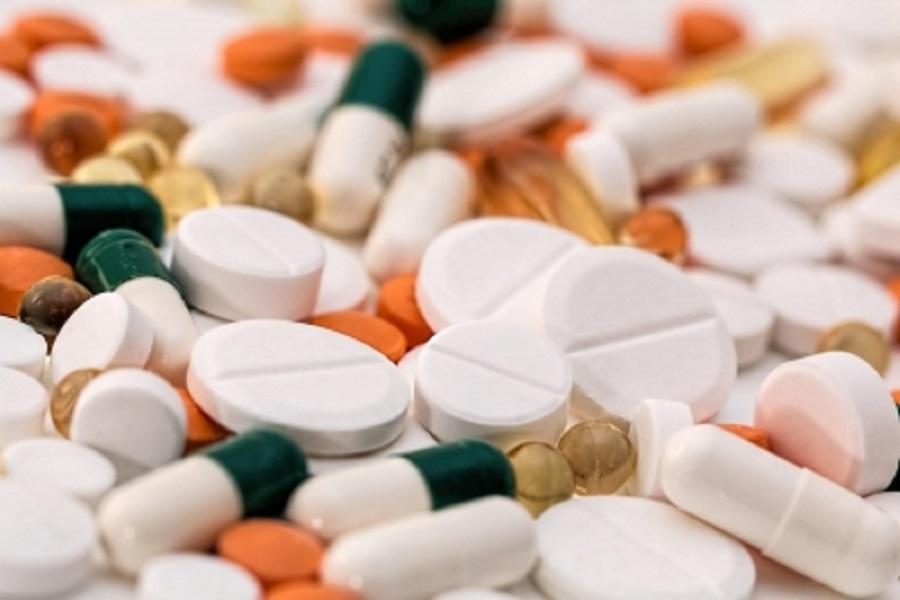
Electronics & Pharma Secure 70% of FY25 PLI Funds: Govt Data
The Indian government’s efforts to boost domestic manufacturing have yielded significant results, as the electronics and pharmaceutical sectors have emerged as the top beneficiaries of the Production Linked Incentive (PLI) scheme. According to official data, these two sectors received a staggering 70% of the total funds disbursed under the scheme in FY25. In this blog post, we will delve into the details of the PLI scheme, its objectives, and the sector-wise allocation of funds to understand the significance of this development.
What is the PLI Scheme?
Launched in 2021, the PLI scheme is a government initiative aimed at boosting domestic manufacturing in select sectors. The scheme provides financial incentives to companies that meet specific production targets, thereby encouraging them to invest in India and increase their production levels. The scheme was initially rolled out for 14 key sectors, including electronics, pharmaceuticals, automobiles, and textiles, among others.
FY25 Fund Disbursement: Electronics and Pharma Dominate
The latest data from the government reveals that the electronics sector received the lion’s share of the funds disbursed under the PLI scheme in FY25, accounting for ₹5,732 crore (approximately 57% of the total funds). The pharmaceutical sector, on the other hand, received ₹2,328 crore (23% of the total funds). These two sectors together secured nearly 70% of the total funds disbursed under the scheme.
The remaining 30% of the funds were disbursed to other sectors, including automobiles, textiles, and chemicals, among others. The data suggests that the government’s efforts to promote domestic manufacturing have been most successful in the electronics and pharmaceutical sectors.
Why Electronics and Pharma?
So, why did these two sectors receive the majority of the funds disbursed under the PLI scheme? There are several reasons for this:
- Growing Demand: The demand for electronics and pharmaceutical products is growing rapidly, driven by increasing consumer spending power and the need for quality healthcare.
- Manufacturing Potential: Both sectors have significant manufacturing potential, with the ability to create jobs and stimulate economic growth.
- Government Focus: The government has identified these sectors as key areas of focus, recognizing their potential to drive growth and development.
- Competition: The PLI scheme is designed to encourage companies to set up manufacturing facilities in India, thereby reducing reliance on imports and increasing competition.
Impact on the Economy
The significant allocation of funds to the electronics and pharmaceutical sectors is likely to have a positive impact on the Indian economy. Here are a few ways in which this could manifest:
- Job Creation: The increased investment in these sectors could lead to the creation of millions of jobs, both directly and indirectly.
- GDP Growth: The growth of these sectors could contribute to the growth of the country’s GDP, helping to drive economic development.
- Increased Exports: The PLI scheme is designed to encourage exports, and the growth of these sectors could lead to increased exports, reducing the trade deficit and improving the country’s balance of payments.
- Improved Infrastructure: The increased investment in these sectors could lead to improved infrastructure, including manufacturing facilities, transportation networks, and healthcare systems.
Conclusion
The allocation of 70% of the FY25 PLI funds to the electronics and pharmaceutical sectors is a significant development, indicating the government’s commitment to promoting domestic manufacturing and driving economic growth. While other sectors also received funds under the scheme, the dominance of these two sectors highlights their importance to the Indian economy. As the PLI scheme continues to evolve and new sectors are added, it will be interesting to see how these developments impact the economy and contribute to the country’s growth and development.
Source






